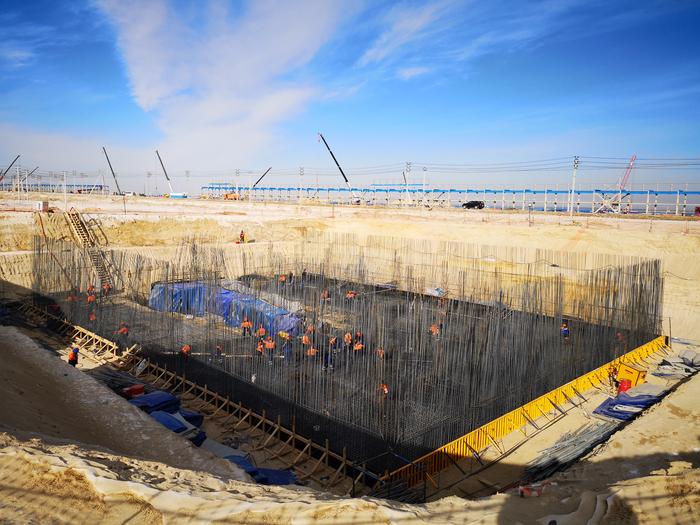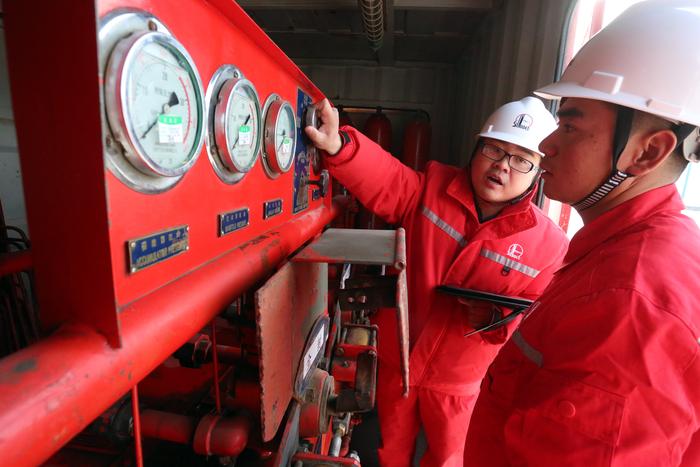|
| 2019-02-19 来源: 中国石化新闻网 |
| 石化新闻 |
|
中国石化新闻网讯 据离岸工程2月17日消息称,日本制造商川崎重工(KHI)交付了一艘容量17.7万立方米的液化天然气运输船“真宗”号,供泛太平洋航运7号公司使用。 泛太平洋航运7号公司是杰拉卢恩公司与日本邮船株式会社的合资企业。 KHI发布的新闻稿称:“这艘大型液化天然气运输船配备了四个独立的Moss液化天然气储罐,总装载量为177277立方米。通过将液化天然气储罐直径增加到最大可安装限度并利用拉伸储罐,川崎重工已成功扩大了设计通过新扩建的巴拿马运河的运输船的最大液化天然气承载力。” 作为川崎重工17.7万立方米液化天然气运输船的第二艘,这艘船的设计目的是通过新扩建的巴拿马运河,巴拿马运河于2016年全面开放。“真宗”号将被杰拉卢恩公司用于运输通过美国自由港液化天然气项目采购的液化天然气。 该船具有标准的液化天然气船体尺寸,以便能够停靠在世界各地的主要LNG终端,同时提供更大的液货舱以提高运输能力,从而降低LNG运输成本并方便船东更灵活的LNG贸易操作。 川崎重工对船体结构进行了优化,降低了船体的整体重量,加强了船体形状的设计,采用了双电机双螺杆推进系统,以实现最佳的推进性能,同时还集成了DFD电力推进系统,提高了燃料在各种速度下的效率。 展望未来,鉴于LNG和其他清洁能源的需求预计将上升,川崎重工将继续从事造船业务。 曹海斌 摘译自 离岸工程 原文如下: KHI Delivers New LNG Carrier Japanese manufacturer Kawasaki Heavy Industries (KHI) delivered the Shinshu Maru, a 177,000 m3 capacity liquefied natural gas (LNG) transport vessel for use by Trans Pacific Shipping 7 Limited. Trans Pacific Shipping 7 is a joint venture between JERA Co., Inc. and Nippon Yusen Kabushiki Kaisha (NYK Line). "This large-scale LNG carrier is equipped with four independent Moss LNG tanks for a total cargo capacity of 177,277 m3. By increasing the LNG tank diameter to the maximum installable limit and utilizing stretched tanks, Kawasaki has successfully expanded the maximum LNG carrying capacities of carriers designed to pass through the newly expanded Panama Canal," said a press release from KHI. The second of Kawasaki's line of 177,000 m3 capacity LNG carriers to be commissioned, this ship is designed to enable passage through the newly expanded Panama Canal, which opened for full operations in 2016. The Shinshu Maru will be used by JERA to transport LNG procured via the Freeport LNG Project in the U.S. The vessel features standard LNG carrier hull dimensions in order to enable docking at major LNG terminals around the world while offering larger cargo tanks for increased transport capacity, thus cutting LNG transport costs and facilitating more flexible LNG trade operations by shipowners. Kawasaki has optimized the hull structure to decrease overall ship weight, enhanced the hull-shape design, and adopted a two-motor, twin-screw propulsion system to achieve the best propulsive performance possible, while also integrating a DFD electric propulsion system which increases fuel efficiency at all speeds. Moving forward, Kawasaki will continue to pursue shipbuilding operations in light of the anticipated rise in demand for LNG and other clean-energy fuels.
|








